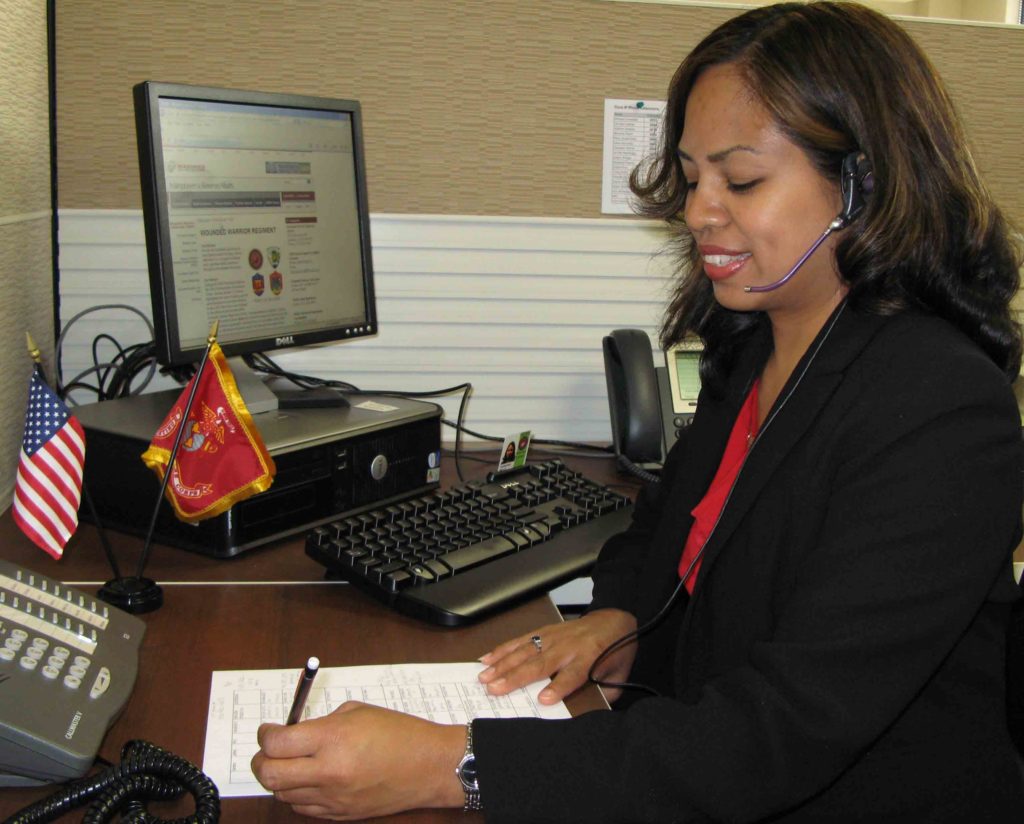How Even a Failed Impeachment Could BENEFIT the Democrats
I recognize the political difficulties of impeaching with a hostile Senate. Until the Republicans–as they did when Nixon was president–find their outrage, impeachment will fail in the Senate, and removal for incompetence under the 25th Amendment will fail in the Cabinet.
However, what the mainstream Dems continue to ignore is the political cost of NOT impeaching–and the political opportunities in calling out the GOP hypocrisy.

Yes, I know: the failed impeachment of Bill Clinton came back to bite the Republicans, hard. But the situation with Bill Clinton is not analogous, because Clinton’s trial was caught up in lying about one incident that had nothing to do with the way he governed, and the whole country knew it was a railroading. This does not excuse Clinton’s consistently icky behavior nor his lying about it–and if the Republicans had been smarter, they would have gone after stuff like the pay-to-play scandal that involved donations to the Clinton’s foundation. That really was a corrupt and impeachable offense. Lying about Lewinsky seems pretty tame by comparison.
But all of those moral guardians who were so quick to impeach back then are strangely silent about a man who stole the election, lied at least 9451 times since taking office (as of April 3, 2019), reeks of financial corruption, has been accused by 20-some women of sexual misbehavior (let’s remember that Clinton’s Lewinsky lie was about a CONSENSUAL act, although the original impeachment investigation that turned up that story came out of allegations of harassment that deserved a full investigation), has no idea how to govern, engages in hate speech constantly, has destroyed important ally relationships, and oh, yes, colluded with at least one foreign government.
How the Democrats Can Capture the Conversation
The Democrats have a moment to seize. This is our time to hammer home the idea that a crooked, venal, incompetent president in service to foreign powers and big corporations has no right to be in office, and the Separation of Powers principle gives Congress a moral obligation to enforce our right to a better government.
Just as Republicans were so quick to pillory Hillary Clinton for using private email servers (just as her Republican AND Democratic predecessors did), beating this message into our heads until it became part of the culture, so the Democrats must make reining in the runaway criminal in the White House part of the culture. And, considering that several key members of the current administration have also used private email servers–and, unlike Hillary, they can’t plead ignorance or precedent–hold these same Republicans accountable for their sudden strange silence when it’s a Republican who gets caught,
John Bonifaz and others have identified at least 10 different categories of impeachable offenses. Any one of these would justify starting impeachment proceedings. All 10 at once make it imperative.
The Democrats have to follow through on that moral obligation. Their messaging needs to focus on such talking points as:
- The threat to our democracy, to our very Republic, from a president who is beholden not to the American people but to his corporate pals (Koch Brothers in particular) and foreign governments–not just Russia, but Saudi Arabia and Israel, at least, plus cozying up to dictators in places like North Korea and the Philippines.
- The sheer magnitude of corruption oozing from DT and many of his past and present cabinet members, unprecedented even in the “swamp” of Washington
- The scary parallels between DT’s patterns of speech and action (including his un-American demand for unquestioned loyalty, attacks on the judiciary/press/racial, religious, and cultural minorities, threats of violence, to name just a few) and the dictators who have risen as our enemies: Hitler, Stalin, Mussolini, Saddam Hussein–and thus, our patriotic duty to remove this man from power before he turns the country into a fascist dictatorship (interestingly, in researching these connections, I came across DT’s repeated passionate defense of Saddam and Libyan strongman Kadhafi during the 2016 campaign)–much as he has continued to defend other of dictators, including Putin, Duterte, and Kim Jong Un, among others.
- The wisdom of our Founding Fathers in spelling out a process to determine whether a president has acted illegally, and removing that president from office if found guilty, right in the Constitution
- Their responsibility and duty as members of Congress to the American people to protect us from these numerous criminal behaviors by upholding the Constitution
This could build on the momentum of 2018 and give people reasons to vote FOR Democrats, rather than simply against DT or Republicans in general. This is the sort of issue that can turn someone into a lifetime supporter.
Consequences of Failing to Act
OK, those are the positive motivators. Now, let’s look at the baggage Democrats will carry if they continue to let DT get away with the rampant criminality and incompetence:
- Far too many progressives will sit out the 2020 election, feeling that the Democrats are just “Republican Lite.” (Yes, I’m intentionally using the low-calorie, low-substance advertising non-word, instead of “Light”.)
- Democrats lose the moral high ground and lose momentum, maybe even find themselves facing a serious third-party challenge that would culminate in DT’s re-election (since we don’t have Ranked-Choice Voting in national elections in the US). This would likely hand DT a majority in the house again and set progressive politics back years, even as the climate clock is ticking.
- The message to the Republicans will be “we don’t care enough to engage you over these crimes. Go and do whatever evil you want.”
- Especially if re-elected, DT will be emboldened to do even more criminal acts, encourage even more race and ethnic divisiveness, stock the courts with even more extremist judges, roll back environmental and human rights protections even faster, follow the footsteps of those dictators even more closely.
The message the Democrats must put forth is that we do care, we will hold him accountable, and we will keep the promises we made to represent everyone in the district. To get there, we progressives need to create a scenario where the Democrats see both the need to remove DT, hold him accountable for both his criminal behavior and his disastrous policies, and undo as much as possible of his anti-life, Profit Uber Alles legacy–and see the consequences to their careers and their party, as well as to the Constitution and the governed, if they fail to act.









